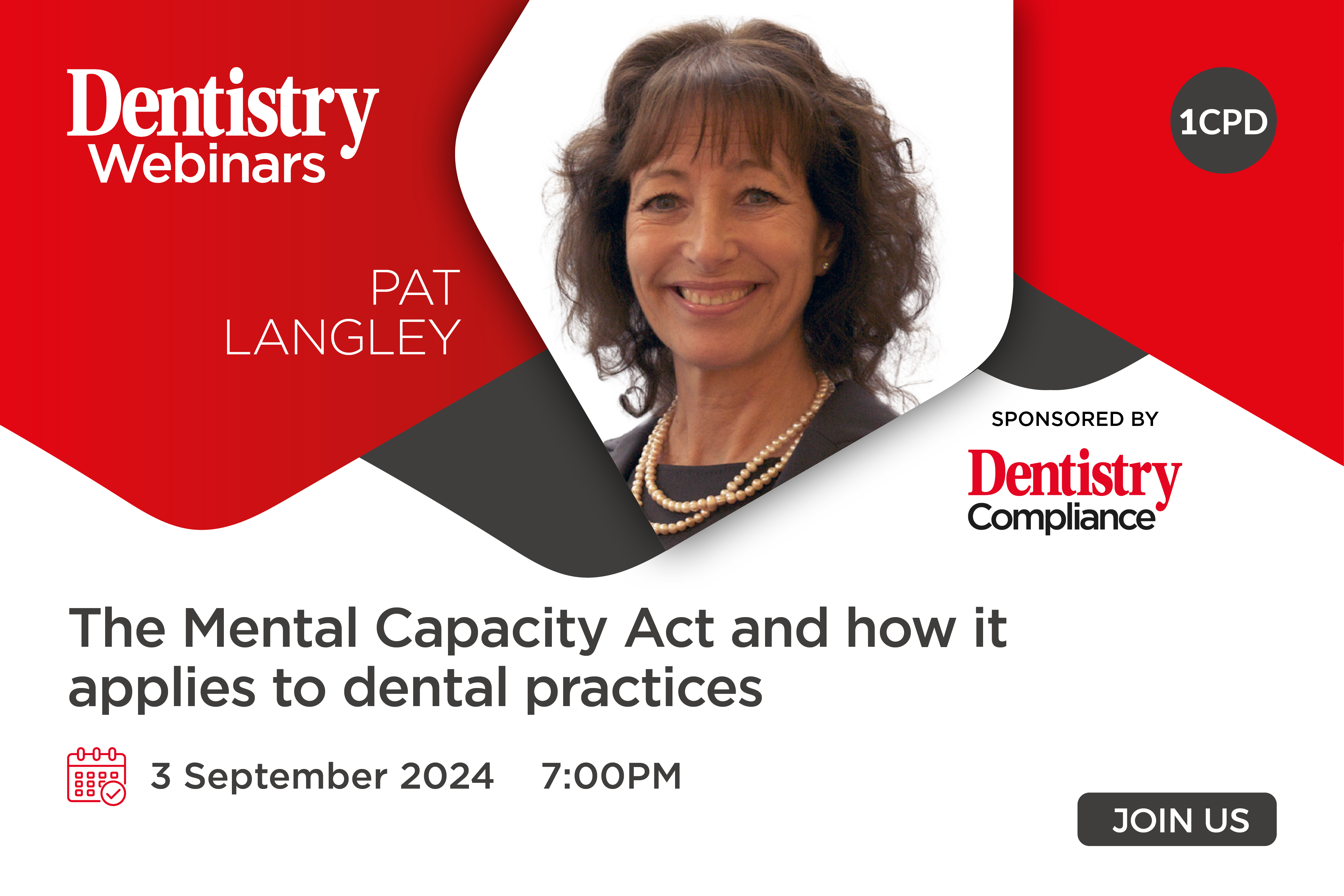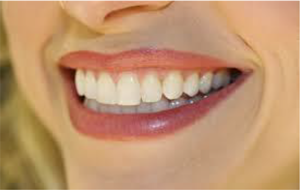Manrina Rhode explains how she helps patients to achieve a typically masculine or feminine smile, and the features that are associated with each gender.
In honour of Pride Month, I wanted to talk about the differences between traditionally male and female smiles. I’d also like to touch on gender neutral elements and preferences that different people may have.
Typically there are cosmetic smile design shapes that reflect a more feminine or a more masculine smile. Of course, that doesn’t necessarily mean that those stereotypes need to stay within those genders.
Feminine smile features
In a very feminine smile, typically the edges will be rounded. Maladons or undulations in the incisal edges of the teeth may be present, so the teeth aren’t worn at all. The psychology behind that is if you’re a feminine person then you aren’t stressed and you don’t grind your teeth. How untrue is that? I grind my teeth all day!
If you don’t grind your teeth, they won’t have any wear facets on them. This means your teeth are the same shape that you were born with, and that hasn’t been impacted in any way. So that’s the impression we’re trying to create to make these quite feminine shapes.
Sometimes that can go too far. Some patients who come to see me have almost childlike teeth which haven’t been worn down in any way. They have really rounded edges and maladon shapes at the edge. They also have a translucency on the edge with a halo from when they were a child. In these situations they might ask me to take a little bit of that away to make their smile look a little more elegant, powerful or grown up. Because when you are all those things, there tends to be a little bit of stress in your life, and those edges tend to have worn away. So we actually emulate that and wear them away and create a slightly more flat appearance.
Masculine smile features
At the other end of that spectrum is a very masculine smile. We’re talking again about a smile that is traditionally masculine – I’m sorry to be so stereotypical here, but a male power smile. That could mean teeth that are quite square with very small embrasures, the little black gaps between the teeth. The teeth are quite flattened off, which gives the impression of a worn smile – maybe they’ve been grinding or clenching their teeth. Maybe they’ve been doing that because they work very hard and they’re stressed.
Maybe they work out at the gym, and that’s caused them to grind their teeth. It’s interesting that those actions will typically create a certain appearance in your smile, and those are the characterisations that we then replicate to create that kind of smile for the patient.
Colour wise, I wouldn’t say that there’s a big difference between someone trying to create a more feminine or more delicate smile and a more dominant, potentially masculine smile. Either could be looking for something quite white or something quite natural in colour.
Normally, with that power smile comes quite a white colour. We tend to find that patients come in and say: ‘I want veneers on my teeth – I want a big, big white power smile.’ And sometimes alongside that can come the impression that they don’t mind if people know they’ve had work done. They almost want people to know they’ve had work done to go with an expensive watch and a great suit.
Don’t make assumptions
There’s quite a lot that goes into understanding a patient and then not making an assumption about that patient. I always say to my my team: ‘To assume will make an ass out of you and me.’ So we do not assume, but we actually take time to get to know our patients. We talk to them, listen to them and find out what it is that they’re trying to achieve in their end result with their smile. What do they want their smile to say about them? What is it about their current smile that they’re unhappy with that they would like more or less off?
We can then use different characterisations and different techniques to create that for them. We can look at colour, embrasure form, the amount of translucency in the teeth, the size of the teeth, the broadness of the smile, the natural characterisation of the smile. All of these come together to create more of whatever it is that we want to achieve.
Catch up with previous Aesthetic Dentistry Expert columns:
Follow Dentistry.co.uk on Instagram to keep up with all the latest dental news and trends.
Visit Manrina’s website here: www.drmrlondon.co.uk.





